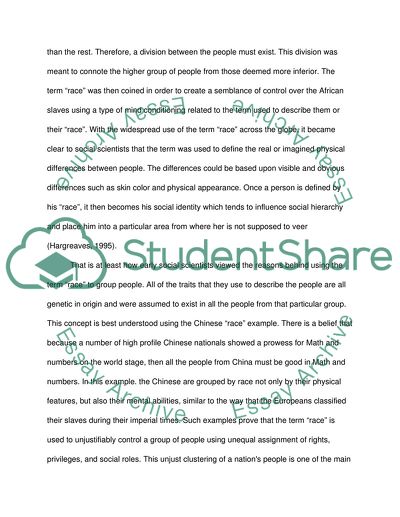Cite this document
(The Sociological and Biological Groupings of People Case Study, n.d.)
The Sociological and Biological Groupings of People Case Study. Retrieved from https://studentshare.org/sociology/1628871-select-one-topic
The Sociological and Biological Groupings of People Case Study. Retrieved from https://studentshare.org/sociology/1628871-select-one-topic
(The Sociological and Biological Groupings of People Case Study)
The Sociological and Biological Groupings of People Case Study. https://studentshare.org/sociology/1628871-select-one-topic.
The Sociological and Biological Groupings of People Case Study. https://studentshare.org/sociology/1628871-select-one-topic.
“The Sociological and Biological Groupings of People Case Study”, n.d. https://studentshare.org/sociology/1628871-select-one-topic.


